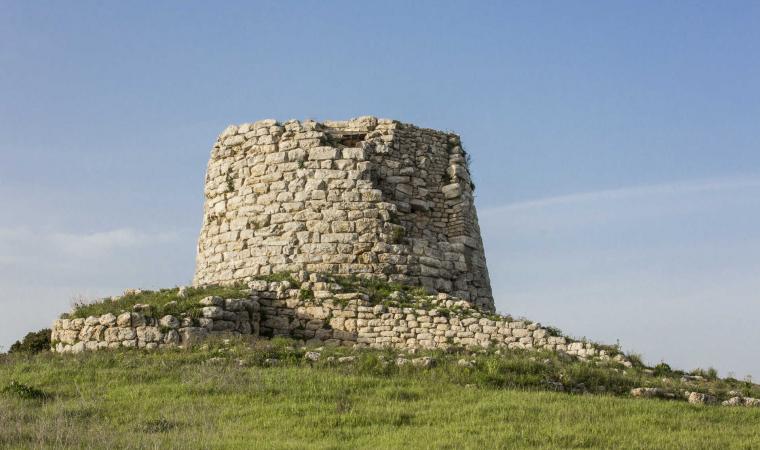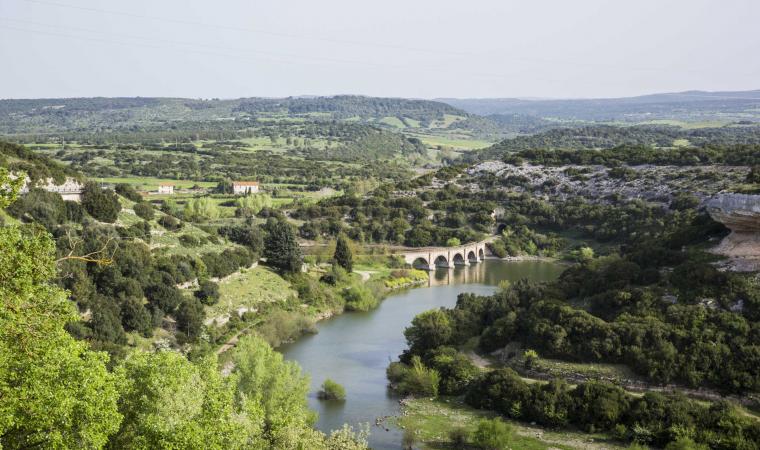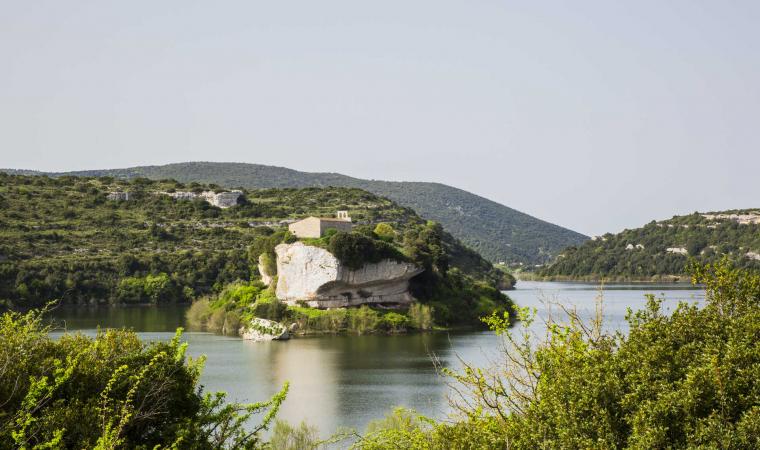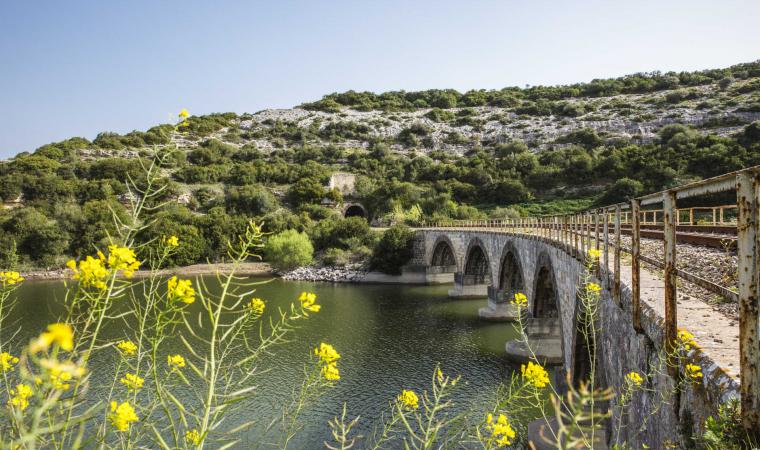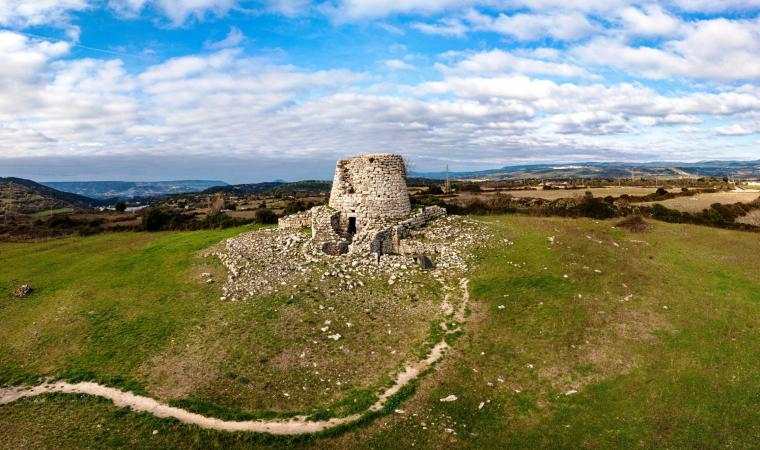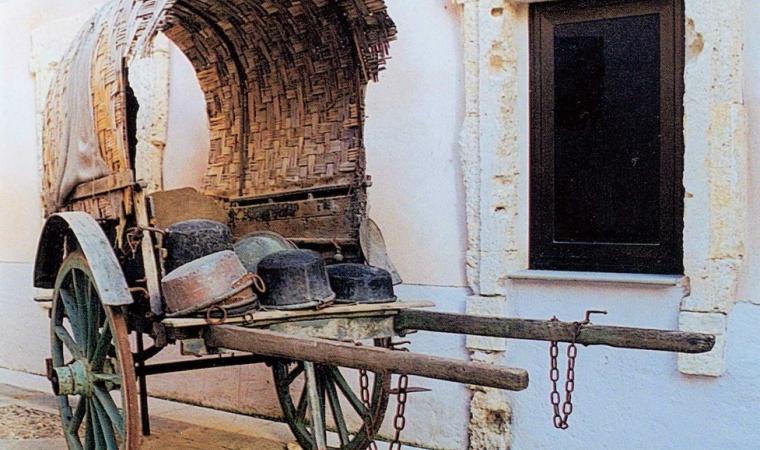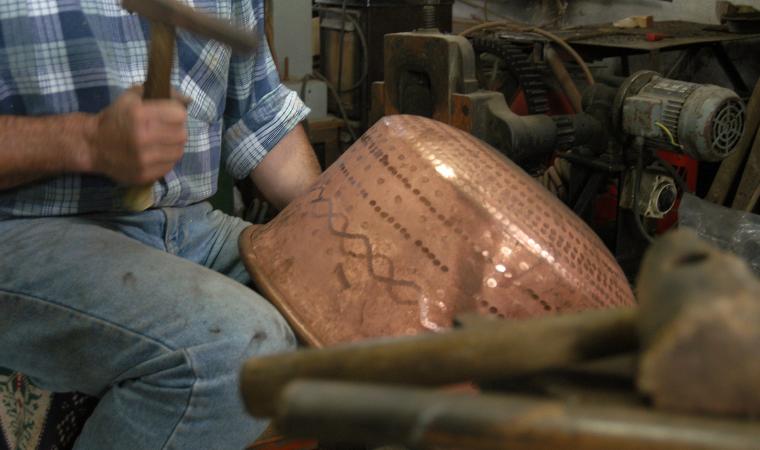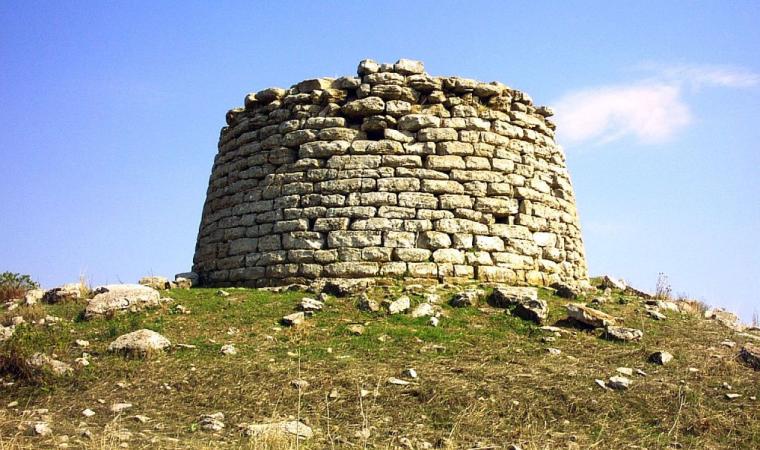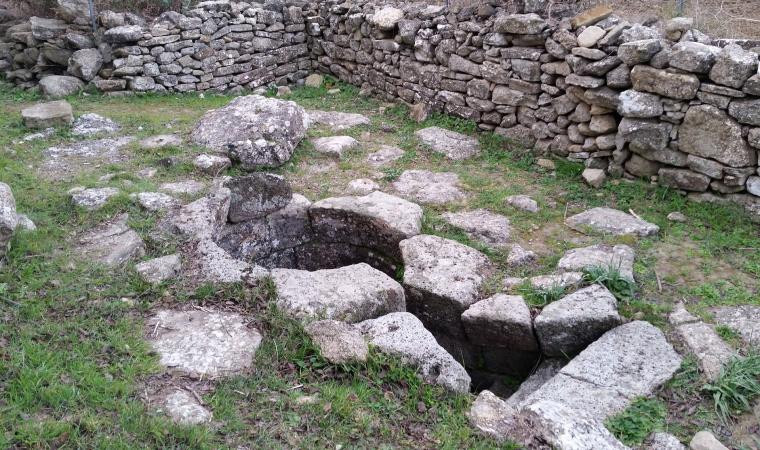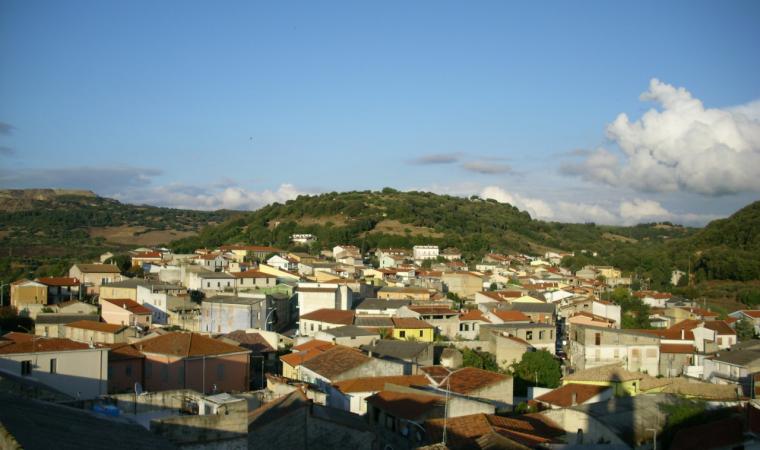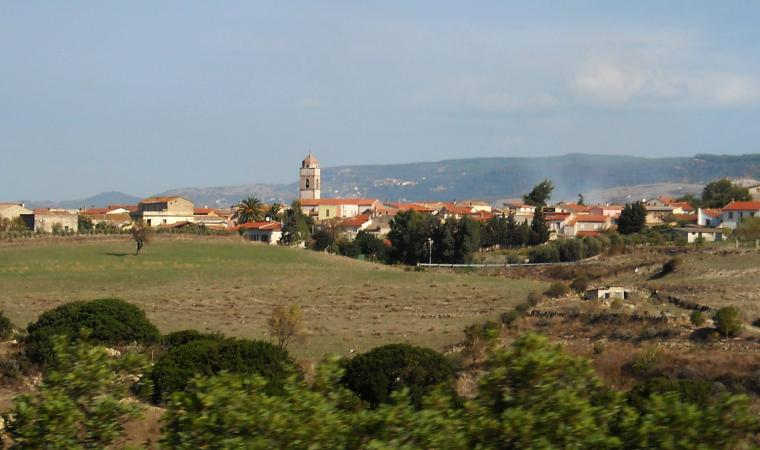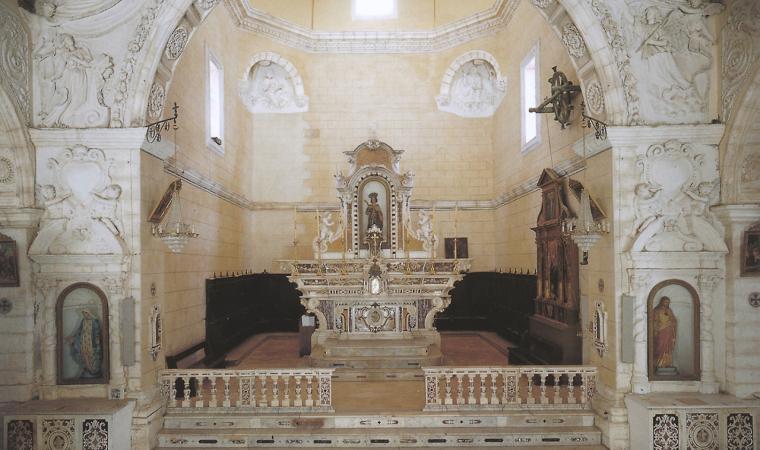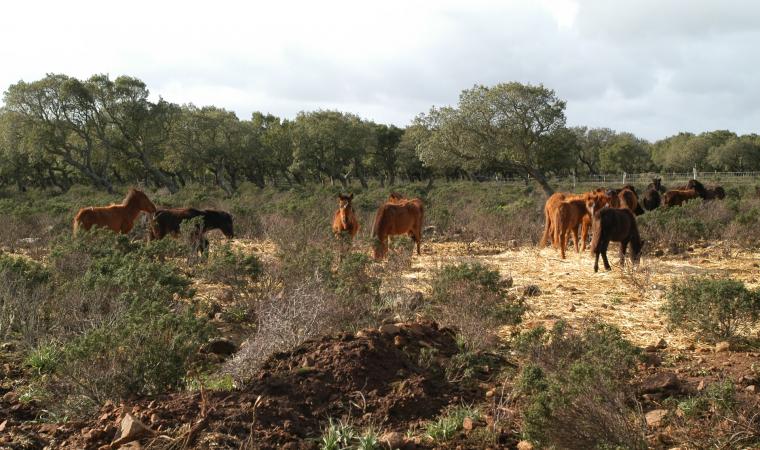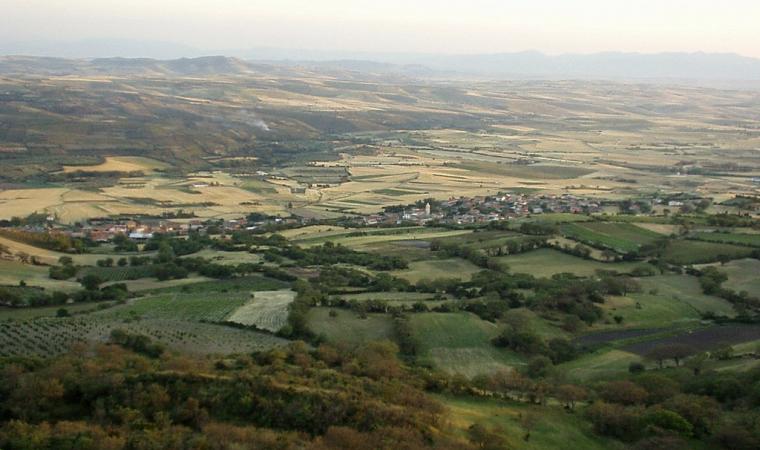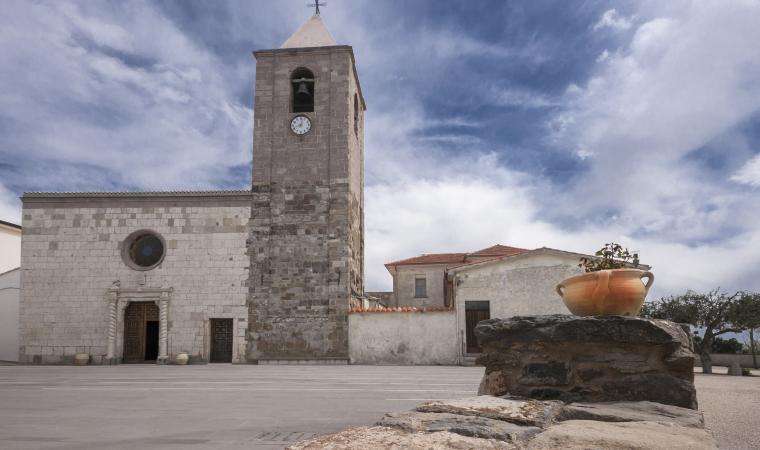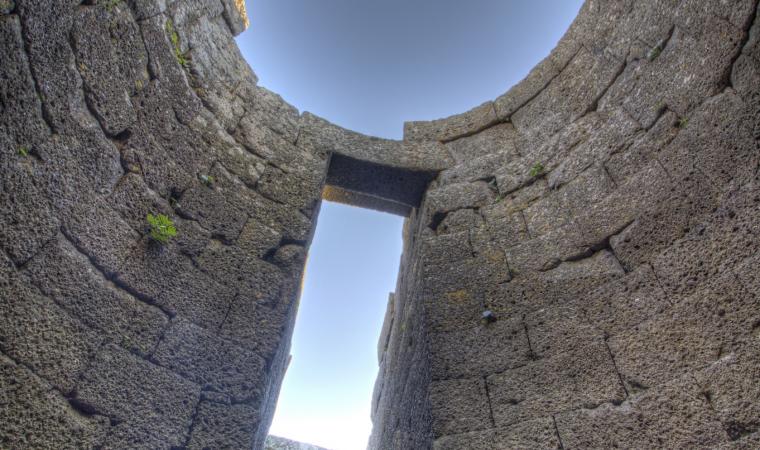The church of San Sebastiano sits on an island in the middle of the lake and its reflection in the water creates a lovely panorama of plays of light and colour. The lake is named after the church, which you can reach by swimming to it or in a canoe to see for yourself how many of the ancient legends surrounding it are true.
The Lake of San Sebastiano is in the Isili district and was created by the is Barrocus dam that catches the water of the Mannu river. Along the river’s banks, the lake’s shoreline and all around the surrounding area you can go sports fishing, canoeing, rock climbing and hiking. The route of the little Trenino Verde train runs along the water’s edge and then goes on to Sorgono. The old and now abandoned railroad line that headed towards the Medio Campidano is great for mountain biking and hiking.



